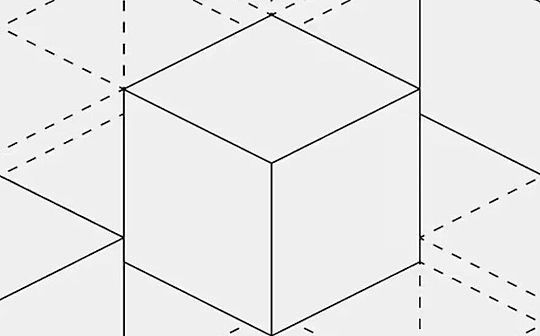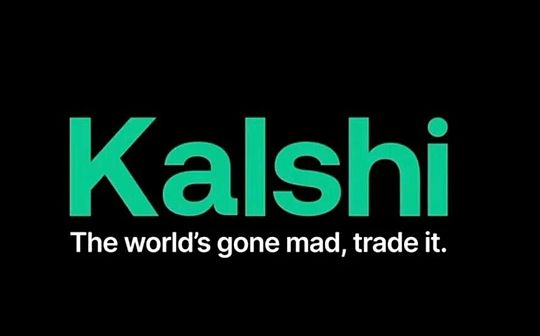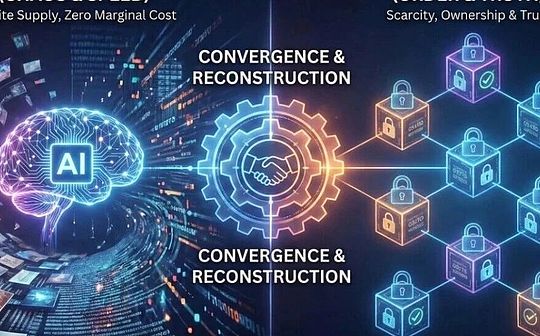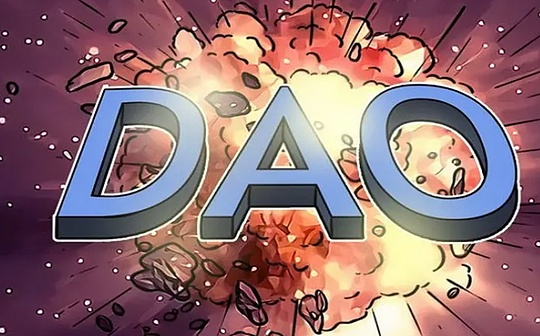
Author: 0xNought Source: @0xNought
Today I talked to my friends about blockchain entering a new stage after Bitcoin 2009 and Ethereum 2014.The peer-to-peer electronic cash and smart contract platforms have become deeply rooted in people’s hearts, so what is the next one?Whatever it is, its original driving force is still “DAO”.Let’s talk about it.
1. Exploration and development of DAO
At the heart of blockchain is the decentralized autonomous organization (DAO).Bitcoin is a DAO driven by a group of miners, core developers, and Bitcoin holders, and has gradually developed to this day.Inspired by Vitalik Buterin and others, Ethereum started this 10-year exploration journey from building a DApp platform with “DAO” as its core.
However, in the current PvP and small circle atmosphere, the entire industry seems to be moving away from the original intention of DAO.This situation also happened between 2018 and 2020, when many mainstream forces were exploring “coin-free blockchain”, forming a trend similar to the halal genre, while others were similar to casinos.Ultimately, the positive externalities generated by the DeFi platform (such as server support brought by decentralized exchanges and lending), as well as protocol-controlled token distribution, bring DeFi Summer.This phenomenon has entered the public’s vision through new proof of work methods such as “liquidity mining” and “IDO” and has gradually spread to the traditional financial world.
DeFi protocol DAO has conducted a lot of experiments in the past.Whether it’s SushiSwap, Curve, YFI, DAO has become an option for organizations.Under new market conditions, we need to explore new “proof of work” and “financing” methods.
2. New “proof of work” method
From the perspective of “Proof of Work”, whether it is PoS or “liquidity mining”, these methods are capital-intensive, and community members of vulnerable groups do not have the advantage.However, community members have relative advantages in attention and social connectivity.
In a world of over-concentration of funds, attention and social connections are relatively dispersed as factors of production.In a system without permission and trust, anyone can openly contribute and receive rewards, take risks, create value together, and share their results.DAO should play a role more in these areas than in capital-intensive industries in changing production relations.It is destined to be a small and micro organization for the social economy.Based on protocol control and token distribution, these organizations present a form of “automation at the center and human beings at the edge”.Social DAO is naturally suitable for gathering like-minded people in an open community to form open organizations.
3. New financing methods
Organizations that adopt the DAO form give us another option in addition to starting businesses for “foundations” and small circles.From a financing perspective, it cannot continue to adopt the “IDO” and “ICO” methods, which are not suitable for social DAO.
Social DAOs can rely on the “tips” of community members to obtain financial support after having initial liquidity.This “tip” does not come from the direct investment of members, but is obtained indirectly through staking rewards and other means.Specifically, the staker stakes PoS tokens to the PoS chain through social DAOs, obtains DAO tokens by block, and DAOs receives staking rewards.We call it the first staking offering (ISO, Initial Staking Offering), which adheres to Vitalik’s original intention of “DAICO” in 2018, and moderately supports the development of DAO while protecting its supporters.
With the development of the PoS mechanism, the pledge economy market has reached US$150 billion, and the annual income can reach US$7.5 billion based on 5% pledge income per year.If 1%-10% of them form a “DAO incubation fund”, its size can reach US$75 million to US$750 million.
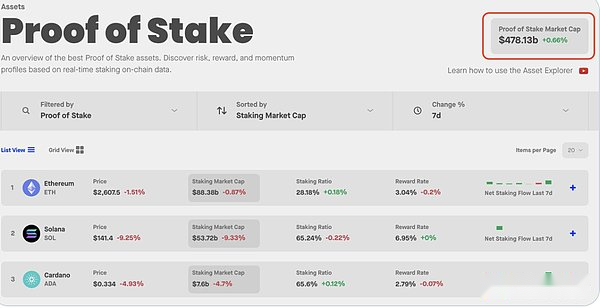
Based on the $100,000 per year of each social DAO, these funds are enough to support the development of 750 to 7500 social DAOs.

